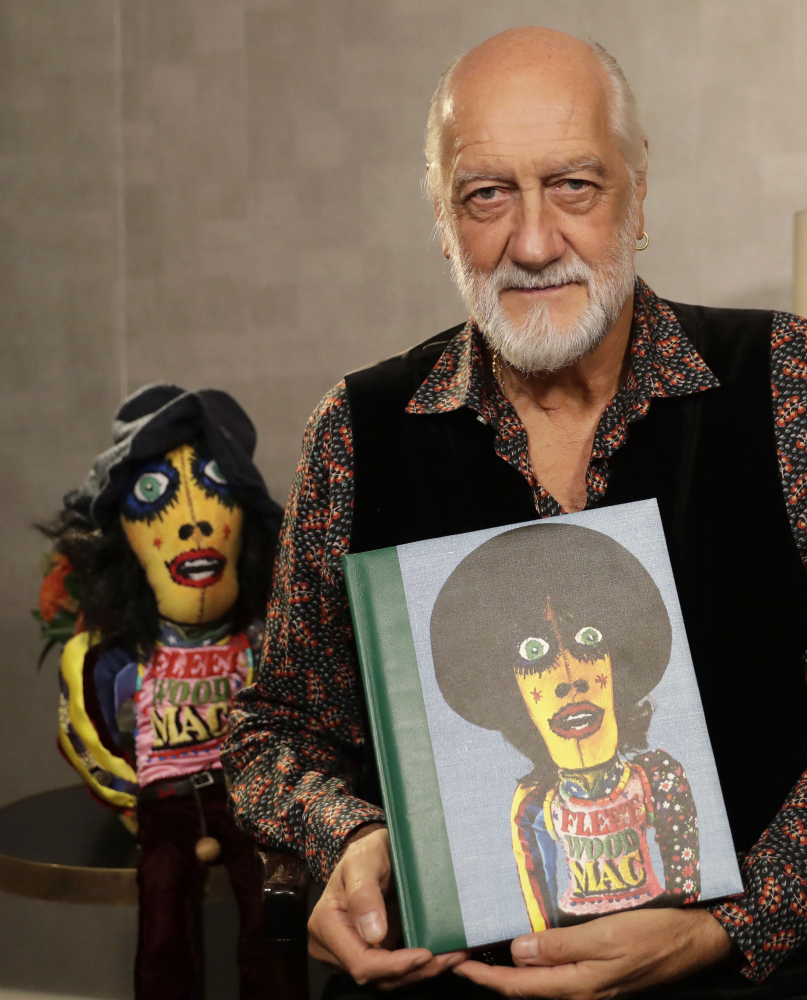LONDON — Mick Fleetwood was 16 when he left school, told his parents he wanted to pursue a career in rock ‘n’ roll, and went to London in search of gigs.
A common tale, true, but this one has a happy ending. Fleetwood fell in with some talented blues enthusiasts, paid (barely) his dues, and soared to stardom with the first incarnation of Fleetwood Mac – and then into the stratosphere with the second, more pop-oriented version of the band.
“School was not a good thing for me,” said Fleetwood, 70.
“I had a learning disability, no doubt, and no one understood what those things were. I was sort of drowning at school academically. My parents were like, ‘Go and do it.’ They were picking up on the fact that I had found something. They saw the one thing that I loved with a passion was teaching myself how to play drums at home,” he said. “So they sent me off with a little drum kit to London and the whole thing unfolded.”
Fleetwood didn’t really have to rebel, though rebellion was in the air, and he had the good fortune to make friends early with Peter Green, the talented guitarist whose blues sound shaped the band’s early years.
Green receives the lion’s share of the credit, and the dedication, in Fleetwood’s memoir of the band’s formative period “Love That Burns: A Chronicle of Fleetwood Mac, Volume One: 1967-1974.” It has been published in a limited signed edition by Genesis Publications.
Fleetwood and bassist John McVie were later joined by Christine McVie, Stevie Nicks and Lindsey Buckingham for a new lineup that hit the jackpot with “Rumours,” one of the best-selling albums of all time.
Send questions/comments to the editors.



Success. Please wait for the page to reload. If the page does not reload within 5 seconds, please refresh the page.
Enter your email and password to access comments.
Hi, to comment on stories you must . This profile is in addition to your subscription and website login.
Already have a commenting profile? .
Invalid username/password.
Please check your email to confirm and complete your registration.
Only subscribers are eligible to post comments. Please subscribe or login first for digital access. Here’s why.
Use the form below to reset your password. When you've submitted your account email, we will send an email with a reset code.